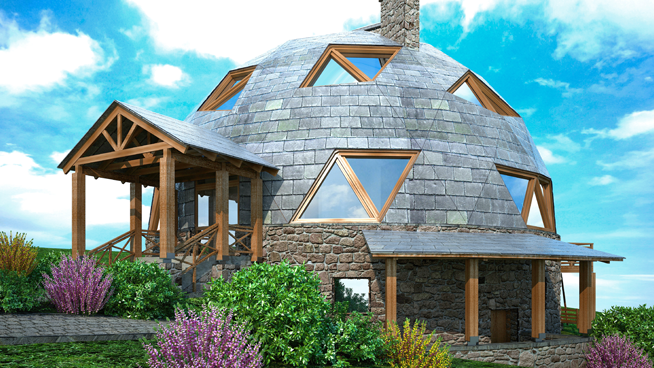
By Ken Calverley and Chuck Breidenstein
DETROIT, May 20, 2021 ~ What a marvel of discovery and engineering! It is a really hot and humid summer day inside your home. You walk over to the wall-mounted thermostat, dial a desired temperature, and “viola!” within a short period of time your house is cool and comfortable.
Not so long ago, you would have pulled all the shades during the heat of the day, then strategically opened windows during the cool of the evening to gain some relief from summer’s onslaught.
The concept of indoor cooling has its roots in second century China where an innovative inventor created a manually operated rotary fan. Even Ben Franklin experimented with evaporation to obtain freezing temperatures and people along the Gulf Coast have used “swamp coolers” forever, blowing hot air over ice to cool down the living space.
But the “father” of modern air conditioning as we have come to know it is Willis Carrier, an engineer who toyed with the laws of humidity control to solve an issue at a printing plant in Brooklyn, New York.
Today’s systems incorporate the same fundamental principles Carrier used in 1933, but with far greater efficiency and mechanical sophistication. Technically, any time we modify air we are conditioning it but we have come to refer to the cooling units as air conditioners, AC, for short.
According to the Energy Information Administration, EIA, over 80% of homes in the U.S. have an air conditioner. Nationally, AC accounts for 12% of home energy use and about 5% in Michigan.
While annual cooling costs in the U.S. average around $.35 per square foot of habitable space, our part of the country only spends around $.10 per square foot for the same benefit.
Two primary principles are at work here; heat will always move to cold and high humidity will move to low humidity.
An AC system draws warm, humid, air from the home and passes it over an evaporator coil that absorbs heat and removes humidity. The heat is exhausted outside of the home at your condenser – that big metal “box” with the fan just below the grill- and the cooled, dryer, air is pushed back through the home.
Your refrigerator removes heat from food in a similar fashion where the heat is dissipated by coils on the back of the unit.
AC efficiency is expressed as a SEER rating, Seasonal Energy Efficiency Ratio, or EER rating, Energy Efficiency Ratio. The higher this rating, the more efficient the unit. Units may range from a low of around 13 Seer to a high of 24.
High efficiency units tend to be pricier than lower efficiency, so a homeowner is advised to look at initial cost versus potential energy savings over lifespan of the unit. If you spend an extra $3,000 to gain a 10% increase in efficiency, you may find the “payback” extends beyond the expected “life” of the equipment.
According to the EIA, central air units have an average life span of 15 years, though some seem to run forever.
Each unit has a BTU, British Thermal Unit, output using the baseline of heat transfer that suggests it takes 12,000 BTU of energy to freeze 2,000 bounds, 1 ton, of water. Smaller AC units are usually rated at 1.5 tons and increase in capacity in ½ ton increments. A 1,600 square foot home will likely have 2.5-3 tons of cooling.
In theory a three ton unit can remove 36,000 (3 x 12,000) BTU of heat per hour from the home.
The sizing for air conditioner units should be based on home volume, configuration, location/orientation, type, and amount of insulation, glass area, etc. Ideally a unit is just slightly undersized for the application so that it runs for longer cycles when in operation.
Longer run cycles result in better de-humidification, more air movement in the home and less wear on the equipment. The removal of humidity is arguably the most important function of the AC system. Dryer air is more comfortable and better for the home.
The key for determining the best size, efficiency, and brand is to deal with reputable installers that offer great service and written warranty. There are several such companies the Guys trust on our website.
But call early because summer is just around the corner and it’s expected to be a hot one!
For more home improvement advice, listen to the “Inside Outside Guys” every Saturday and Sunday on News/Talk 760, WJR AM, from 10 a.m. to noon, or contact us at InsideOutsideGuys.com.
***
The “Inside Outside Guys” are published every Saturday in the Homestyle Section of The Detroit News.




